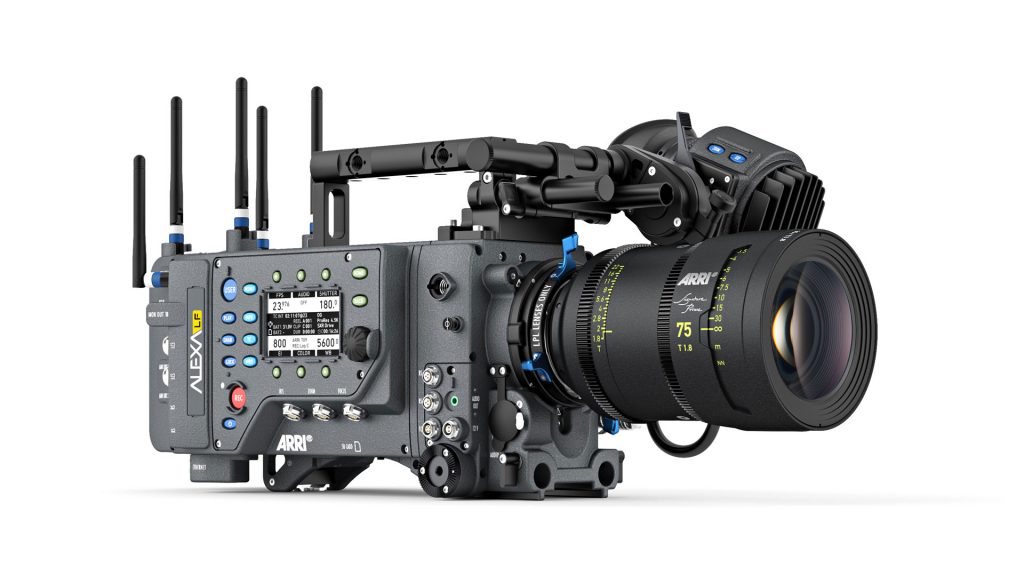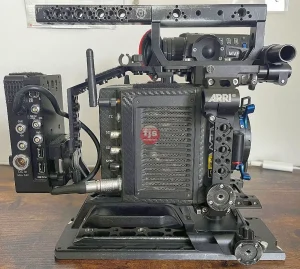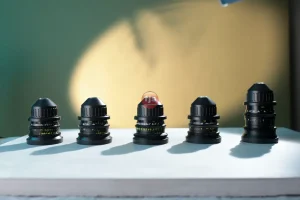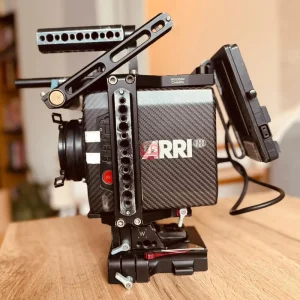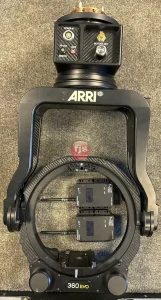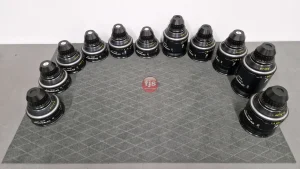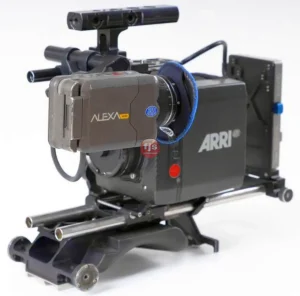The ARRI Lens Data System (LDS) is renowned for its seamless integration with ARRI cameras and lenses. However, in professional cinematography, it’s common to use lenses from various manufacturers. The good news is that ARRI’s system is designed to accommodate and even integrate non-LDS lenses, providing crucial metadata for the production and post-production pipelines.
Key Features and Benefits
ARRI has developed several methods and tools to ensure its LDS and Electronic Control System (ECS) can function with a wide range of optics, from modern Cooke and Zeiss lenses to vintage glass. This flexibility is a significant benefit, allowing cinematographers to choose lenses for their unique cinematic aesthetic without sacrificing the advantages of a data-rich workflow.
Cooke /i Technology
- Direct Compatibility: ARRI cameras, including the ARRI ALEXA, ALEXA Mini, and AMIRA, are compatible with Cooke’s /i Technology. This is a testament to the industry’s move toward standardized metadata protocols.
- Similar Data Streams: Like the ARRI LDS, Cooke /i Technology provides a direct data feed from the lens to the camera, transmitting real-time focus, iris, and zoom data. This ensures a consistent flow of information for the focus puller and VFX artists.
- Seamless Workflow: For productions using both ARRI and Cooke lenses, the metadata from both systems is embedded into the camera’s recorded files, such as ARRIRAW, which simplifies the post-production pipeline and is crucial for virtual production.
The Lens Data Archive (LDA)
- Manual Mapping: For lenses without LDS, ARRI’s Lens Data Archive (LDA) is a critical tool. This allows a camera assistant or DIT to manually “map” a lens by creating a precise digital profile of its focal length, focus scale, and iris markings.
- Efficient On-Set Use: Once a lens has been mapped and the LDA file is saved, it can be quickly loaded for future use. The camera assistant simply needs to select the correct lens profile from the camera’s menu, and the ARRI LDS system will use this data to provide an accurate real-time read on the WCU-4 hand unit or camera monitor.
- Extending Compatibility: The LDA is what makes it possible to use classic cine lenses from brands like Canon, Zeiss, or even rehoused still lenses. The system provides a way to capture and use data that the lens itself cannot generate.
External Lens Encoders
- Physical Data Capture: In some cases, external lens encoders can be mounted to a lens’s focus, iris, or zoom rings. These devices are physically connected to the lens and digitally transmit the positional data to the camera or a lens control system, effectively emulating a smart lens.
- High Precision: These encoders are highly precise and are often used for complex VFX shots where accurate lens data is paramount. They provide a robust solution for integrating any lens, regardless of its age or manufacturer, into the LDS workflow.
Questions and Answers
Q: Do all ARRI cameras automatically read non-LDS lenses?
A: No. While the cameras have the capability, lenses without LDS need to be manually mapped using the Lens Data Archive (LDA) and the appropriate lens control hardware (like the UMC-4 or WCU-4) to generate the data that the camera will then read.
Q: Is it possible to use the ARRI LDS with a non-ARRI camera?
A: ARRI’s LDS is proprietary and is deeply integrated into its camera ecosystem. While it’s technically possible for some third-party accessories and tools to extract metadata from an ARRI camera’s SDI output, the core functionality and real-time integration are best experienced within the ARRI system.
Conclusion
In conclusion, the ARRI Lens Data System is not a closed-off technology. Through its compatibility with protocols like Cooke /i Technology and the flexibility of its Lens Data Archive (LDA) and external lens encoders, ARRI ensures that its ecosystem remains a versatile and powerful tool for cinematography. This forward-thinking approach allows filmmakers to leverage the benefits of a data-driven workflow while still having the creative freedom to choose from a vast array of cine lenses from any era or manufacturer.

